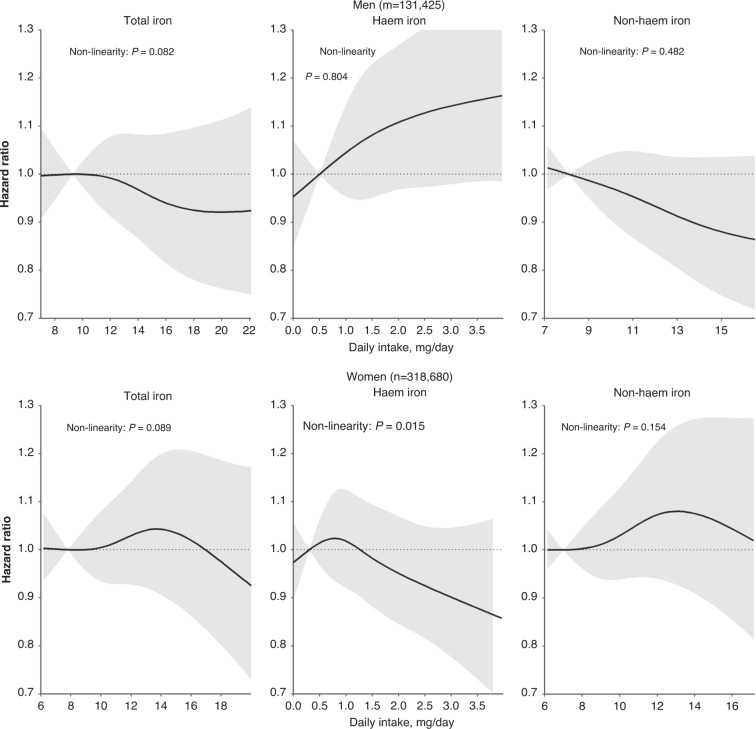Fig. 1. Splines of the associations between dietary iron intake and colorectal risk in men and women.
Splines models were adjusted for body mass index, height, education, physical activity, smoking, and for energy intakes from alcohol, and total energy minus energy from alcohol, intakes of vitamin C, calcium, tea, coffee, and stratified by age at recruitment and country. In women specifically menopause status and hormone use were included in the model. For heme iron, additional confounders included intakes of cereal, and cereal products, legumes, and vegetables whereas for non-heme iron it included intakes of red meat, processed meats, poultry, and fish and fish products for non-heme iron. The median intake values of the lowest quintiles were used as the reference. Deviations from linearity were tested using likelihood ratio tests comparing the model with only the linear term to the model with both the linear and the cubic spline terms. The grayish area represents the 95% confidence intervals.

